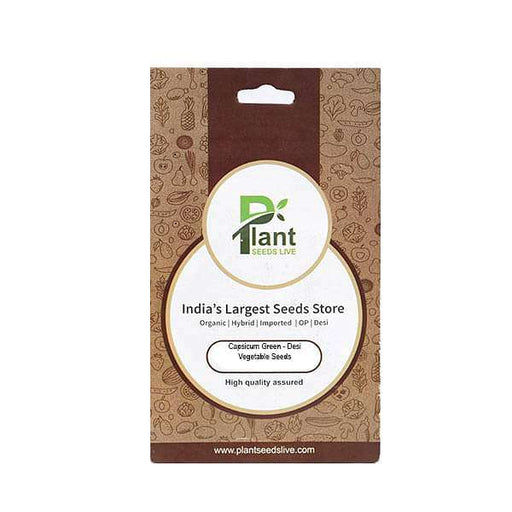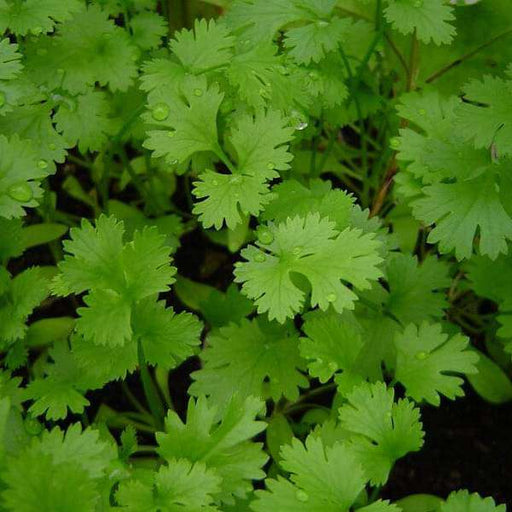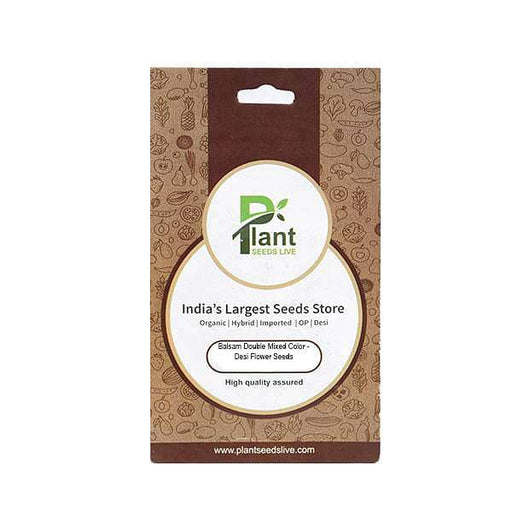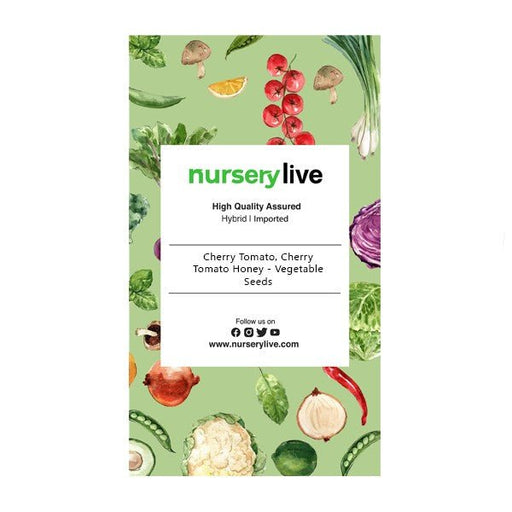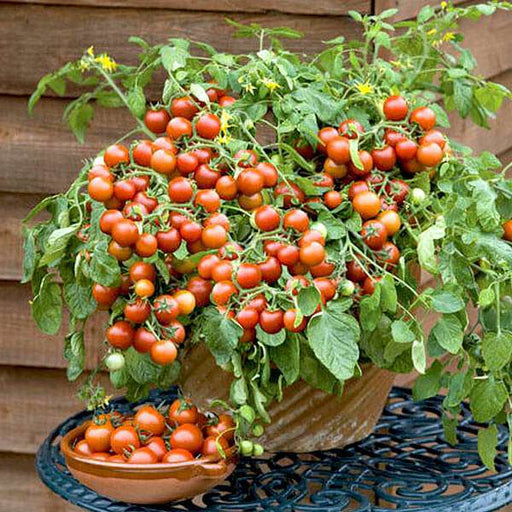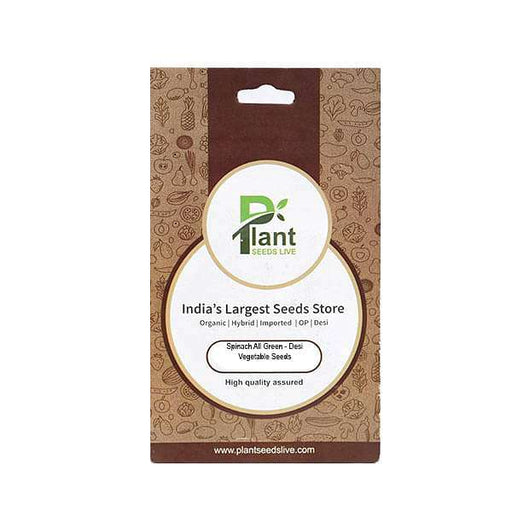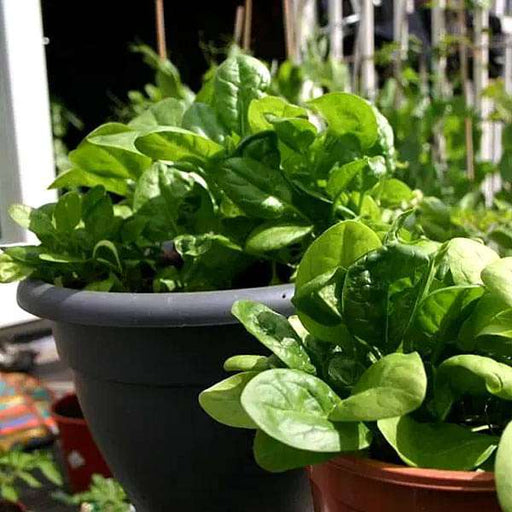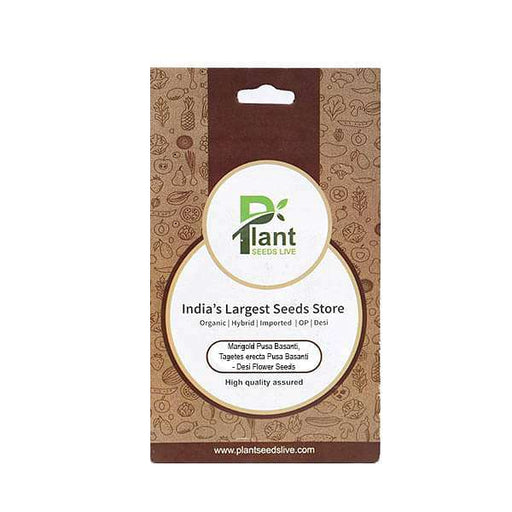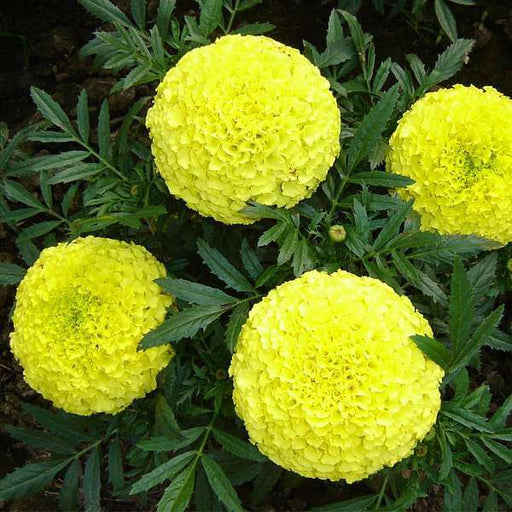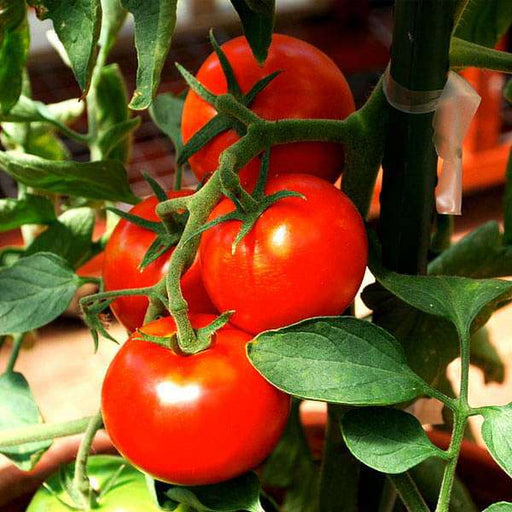January Gardening in India
New beginnings! Embrace India's mild winter by planting cool-season crops, pruning dormant trees, and preparing your garden for the upcoming spring.
February Gardening in India
Spring sneak peek! Get a head start on India's gardening season by sowing summer vegetable seeds, transplanting seedlings, and caring for blooming flowers.
March Gardening in India
Holi hues! Celebrate the festival of colors with vibrant flowers, planting summer bloomers, and tending to fruit trees in India's warming weather.
April Gardening in India
Summer sowing! April in India brings scorching temperatures; focus on drought-tolerant plants, mulching, and providing ample water for your thirsty garden.
May Gardening in India
Pre-monsoon magic! Prep your Indian garden for the upcoming monsoon by planting rain-loving species, maintaining proper drainage, and harvesting summer crops.
June Gardening in India
Monsoon mania! Embrace India's rainy season by planting water-thriving plants, managing pests, and nurturing your lush, thriving garden.
July Gardening in India
Rainy reverie! July's monsoon showers bring life to your Indian garden; focus on planting flood-resistant species, lawn care, and indoor gardening projects.
August Gardening in India
Independence blooms! Celebrate India's Independence Day with patriotic gardening themes, planting native species, and enjoying the last of the monsoon rains.
September Gardening in India
Post-monsoon paradise! As India's monsoon season ends, tend to your garden's post-rain needs by planting fall crops, pruning, and preparing for cooler weather.
October Gardening in India
Diwali dazzle! Illuminate your garden during the festival of lights with vibrant blooms, festive decorations, and tending to your garden's autumn needs.
November Gardening in India
Wedding season wonders! Embrace India's wedding season with beautiful floral displays, planting winter vegetables, and sprucing up your outdoor spaces.
December Gardening in India
Winter warmth! Enjoy India's mild winter by nurturing cool-season flowers, harvesting winter crops, and protecting tender plants from chilly nights.
Indian Climate Zones Gardening
Regional wisdom! Adapt your month-wise gardening activities to India's diverse climate zones, ensuring your plants thrive in their specific environment.
Indian Gardening Calendar
Time-tested tactics! Follow an Indian gardening calendar, providing guidance on when to plant, prune, and harvest in India's unique climate.
Native Indian Plants
Local treasures! Enhance your month-wise gardening routine by incorporating native Indian plants, which are well-adapted to India's climate and soil conditions.
Indian Organic Gardening
Sustainable success! Practice organic gardening techniques throughout the year in India, promoting a healthy ecosystem and supporting local biodiversity.
Indian Kitchen Gardens
Culinary cultivation! Develop a thriving kitchen garden in India by planting and tending to herbs, fruits, and vegetables month-wise, enjoying homegrown flavors year-round.
Indian Gardening Tips
Expert advice! Boost your month-wise gardening success in India with expert tips, from soil preparation and irrigation techniques to pest control and plant selection.
Indian Gardening Community
United by greenery! Connect with fellow Indian gardeners to share month-wise gardening tips, experiences, and plant recommendations specific to India.
Indian Gardening Inspiration
Cultivated creativity! Discover fresh month-wise gardening ideas and inspiration in India, ensuring your garden remains a vibrant, enjoyable space all year long.


